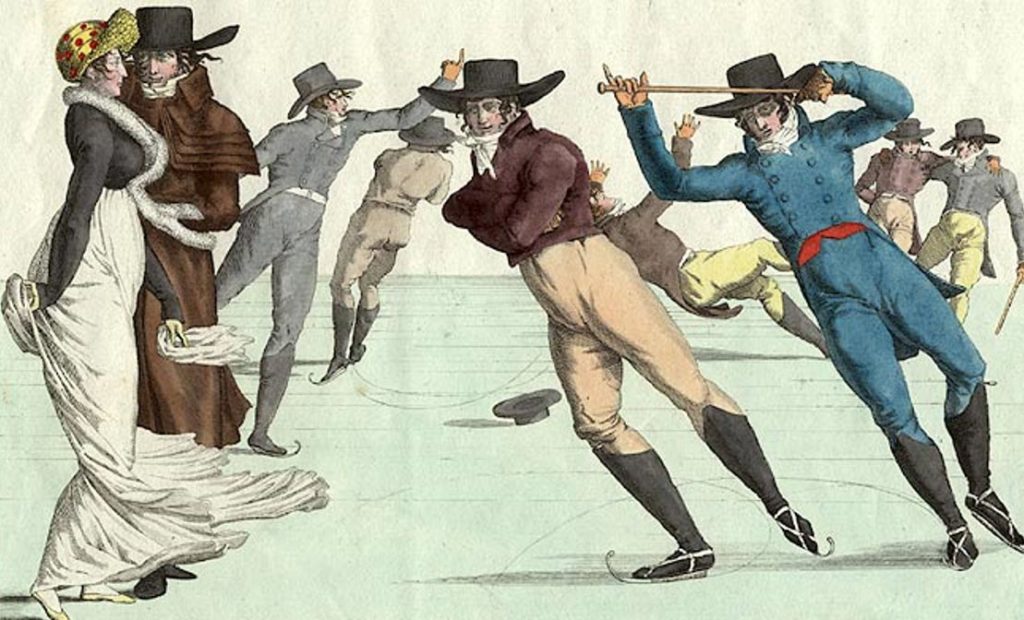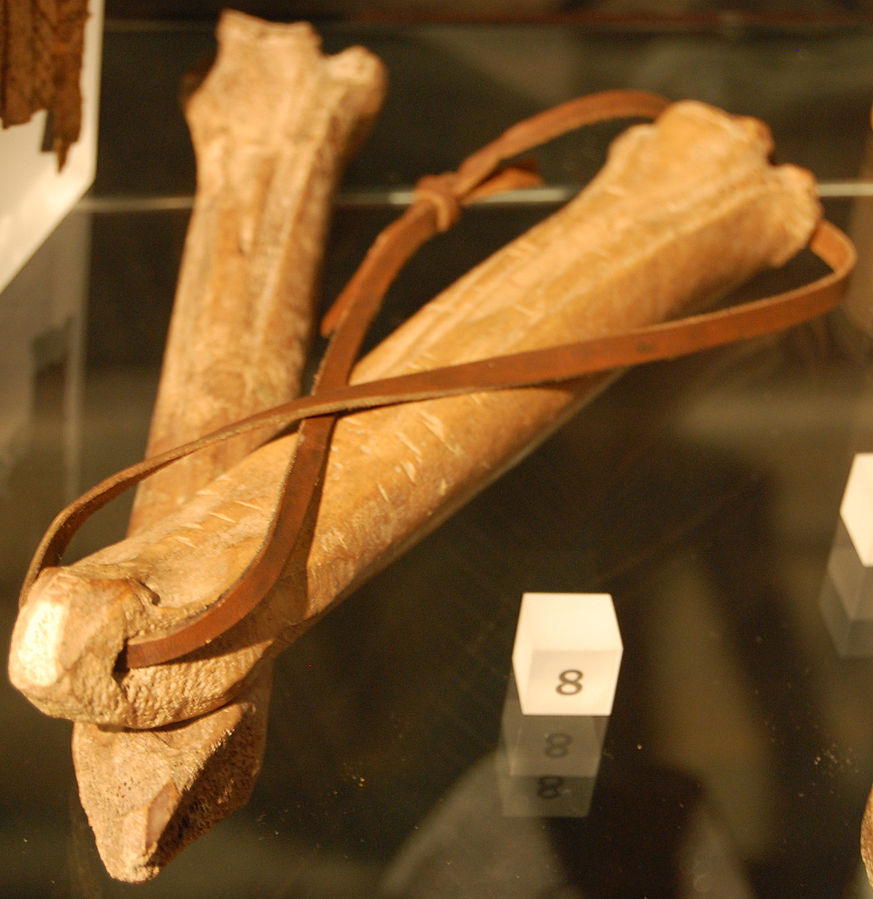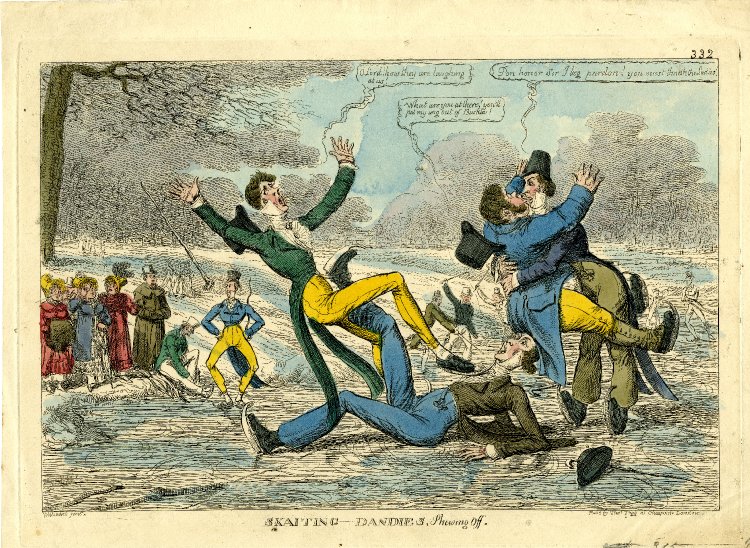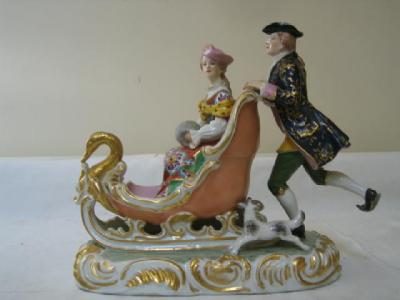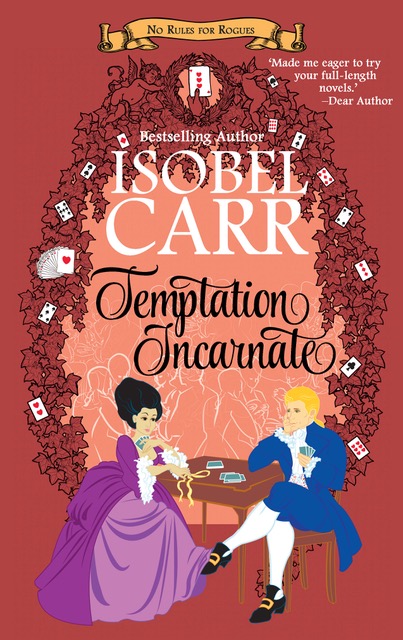I have a new book out! Her Gallant Captain at Waterloo is available right now from online booksellers in both paperback and ebook.
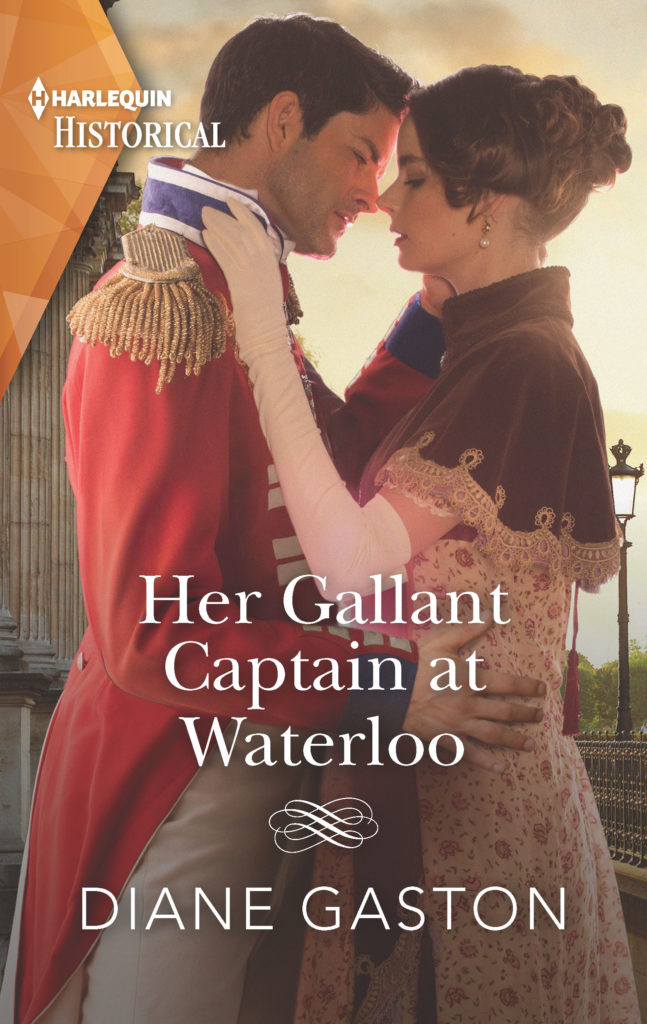
Here’s the back cover blurb:
From vicar’s son
To captain of her heart!
Lady Helene Banes travels to Brussels to bring her battle-seeking younger brother home, only to collide with Rhys Landon, her ex-fiancé! Gone is the penniless vicar’s son, now transformed into a combat-hardened captain. The spark still burns between them, but Rhys has a new love now—the army. Until, on the eve of battle, with Napoleon’s troops advancing, the emotional turmoil of their past explodes into a night of passion!
From Harlequin Historical: Your romantic escape to the past.
One of the joys of writing historical fiction comes when you are able to fit the real history and real historical figures into the story. In writing Her Gallant Captain at Waterloo I had a lot of that sort of fun. Setting the book in Belgium before and during the Battle of Waterloo, how could I miss. I particularly enjoyed trying to fit the events of the battle into the story, but there was also the Duchess of Richmond’s ball for my characters to attend and, inevitably, the horrid aftermath of the battle. And anytime I can include the Duke of Wellington in a book, I’m happy.
Sometimes a historical figure fits in so well that he or she become a part of the story. In this book it was David Banes’ friend, William Lennox.
Lord William Pitt Lennox was the 4th son of the Duke of Richmond. As a youth he attended Westminster School, the perfect place for my character to befriend him. By 1814 he had a cornetcy in the army and was an aide de camp to the Duke of Wellington when the Duke was in Paris, the Netherlands, and at the Congress of Vienna after Napoleon’s first defeat and exile at Elba. When Napoleon escaped Elba and returned to France, a battle became inevitable, and no one but the Duke of Wellington could command the Allied army to face this foe. These two great generals had never faced each other in battle. The impending battle was considered the event of the century, not to be missed.
So in the late spring of 1815, Brussels filled with soldiers and civilians, including David Bane and his sister, Helene, who came to bring her brother home. William Lennox was now attached to General Maitland’s staff, but he suffered a riding accident, injuring his eye and General Maitland relieved him of duty. Because of his injury, he would not fight in the battle, which surely must have depressed him greatly.
It is known that the Duke of Richmond, William’s father, rode with Wellington the day of the battle and observed the fighting. It made sense that William would ride with him—and that gave my character, David, the opportunity to ride with them, putting him exactly where I wanted him—in the battle itself.
I love it when that happens.
Do you love it, too? Or do you prefer the history to remain in the background or not tied to real events?


